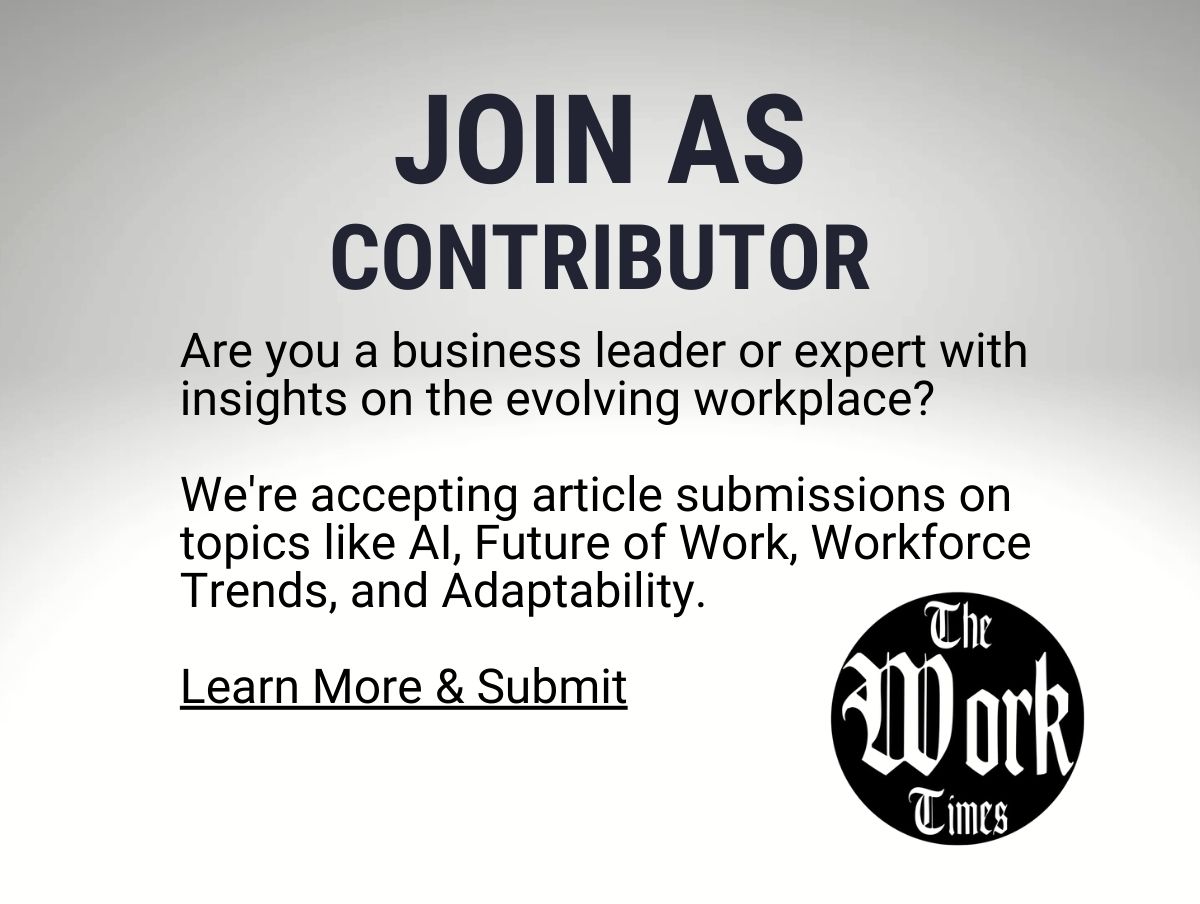Navigating the New York Job Market: Strategies for Success in the Big Apple
New York City, the city that never sleeps, is not only an iconic cultural hub but also one of the world’s most competitive landscapes for professionals. Thriving in the New York job market is both an art and a science, requiring a blend of savvy, resilience, and strategic networking. In this bustling metropolis, job seekers are faced with unique challenges that set this market apart from the rest.
Firstly, the cost of living in New York is notoriously high. According to the latest statistics, housing, food, transportation, and general living expenses outpace many other US cities. This reality means that salary negotiations aren’t just about earning what you’re worth – they’re about making ends meet. Understanding the market rate for your role, and being prepared to advocate for a compensation package that factors in the New York premium, is key.
Another challenge is the saturation of talent. With a plethora of prestigious universities and a strong allure for top talent from around the globe, competition is fierce. In industries such as finance, media, and technology, this saturation means that having a standout resume is just the start. You’ll need to be creative and persistent to get noticed.
Building an effective network is crucial. While this is true in any job market, in New York, ‘who you know’ can propel your career to new heights, or be the secret ingredient to landing your dream job. Networking in the Big Apple means going beyond the usual job fairs and LinkedIn messages. It involves attending industry events, joining professional groups, and sometimes, serendipitous encounters in the most unexpected places.
How, then, does one stand out in such an environment? Here are a few strategies:
1. Be Visible and Vocal: Attend industry events, engage in professional forums, and contribute thoughtfully to conversations. Let your expertise shine.
2. Cultivate a Robust Online Presence: Maintain a strong LinkedIn profile, engage with industry leaders on Twitter, and consider a personal website to showcase your portfolio.
3. Hone In-Demand Skills: Stay abreast of the skills in high demand within your industry, and upskill if necessary. Certifications, online courses, and side projects can be great ways to demonstrate your commitment to professional growth.
4. Tailor Your Approach: Customize your cover letters and resumes for each application. Generic applications get lost in the crowd.
5. Build a Personal Brand: Identify what sets you apart and communicate it consistently across all professional touchpoints. Whether it’s a niche expertise or a unique approach to problem-solving, make sure it’s known.
6. Seek a Mentor: Find someone who’s navigated the New York market successfully and learn from them. Their insights could be invaluable.
7. Optimize for Applicant Tracking Systems: Many companies use ATS to screen candidates—ensure your resume contains the right keywords and formatting to pass through.
Finally, in the city where dreams are made, remember persistence is key. New York’s job market isn’t the easiest to navigate, but with the right strategies, it can offer unparalleled career opportunities. Embark on your job search journey with intention and tenacity, and the city’s vibrant professional landscape can become your oyster.





























